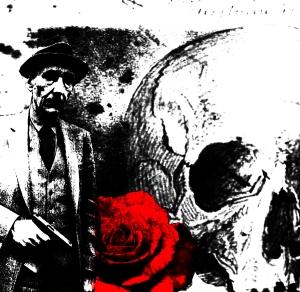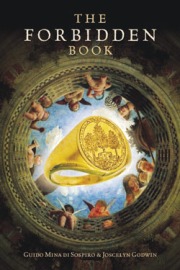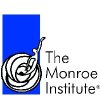William Burroughs, “On Coincidence”:
Certain pragmatic observations are useful for travellers in the magical universe. One law, or rather expectation, is that lightning usually strikes more than once in the same place.
Here’s a big fire in a Kentucky night club, over a hundred dead. Heroic busboy announced the fire and calmed the guests, or the casualties would have been higher. Look through newspaper morgues. Yes, there was a fire in that location before, in another night club. No injuries. And here is a night spot on the border between France and Switzerland. Pop group called ‘De Sturm’ playing. Two hundred dead in fire. There was a fire there before. Several injured. One incident tends to produce similar incidents. Incident may relate to a place, a set of circumstances, or a person.
You can observe this mechanism operating in your own experience. If you start the day by missing a train, this could be a day of missed trains and missed appointments. You need not just say ‘Mektoub, it is written.’ The first incident is a warning. Beware of similar incidents. Tighten your schedule. Synchronize your watch. And consider the symbolic meaning of missing train. Watch particularly for what might be a lost opportunity.
Suppose you encounter a rude clerk, waiter, bartender elevator man. Shuffle through the morgue of your memory. It’s all there. Why he’s a dead ringer for a rude clerk in Tangier London, Hong Kong. Even used the same words. You asked for an item and he said…
‘I never heard of it.’ Stop. Look. Listen. What were you thinking just before this affront was offered you? What keyed the previous incident in? Empty your mind. Let your legs guide you. You may remember a disinclination to go into that shop in the first place. Stop. Change. Start. You will notice that pleasant encounters with nice friendly helpful people also come in series. And the only valid law of gambling is that winning and losing come in streaks. Plunge when you are winning and stop when you are losing.
Stop. Look. Listen. What were you thinking just before this affront was offered you? What keyed the previous incident in? Empty your mind. Let your legs guide you. You may remember a disinclination to go into that shop in the first place. Stop. Change. Start. You will notice that pleasant encounters with nice friendly helpful people also come in series. And the only valid law of gambling is that winning and losing come in streaks. Plunge when you are winning and stop when you are losing.
‘To him that hath shall be given. From him that hath not shall be taken even that which he has.’
Any system in gambling or in life that entails doubling up when you lose is the worst possible system.
Writers operate in the magical universe and you will find the magical law that like attracts like often provides a key note. The sinister clown in Death in Venice. The stories of John Cheever abound in such warnings of misfortune and death ignored by his compulsively extroverted and spiritually underprivileged Wasps.
I gave my writing students various exercises designed to show how one incident produces a similar incident or encounter. You can call this process synchronicity and you can observe it in action.
Take a walk around the block. Come back and write down precisely what happened with particular attention to what you were thinking when you noticed a street sign, a passing car or stranger or whatever caught your attention. You will observe that what you were thinking just before you saw the sign relates to the sign. The sign may even complete a sentence in your mind. You are getting messages. Everything is talking to you. You start seeing the same person over and over. Are you being followed? At this point some students become paranoid. I tell them that of course they are getting messages. Your surroundings are your surroundings. They relate to you.
If you can cool it and achieve a detached viewpoint you will see that in many cases incidents are neither good nor bad nor especially portentous, occupying a neutral area. Here I am, up at 72 and Broadway, way out of my neighborhood up there for a doctor appointment. I pass a Deli and decide to go in and get a few items. No stores near where I was then living on Franklin Street below Canal. I notice a young man in the store. Later he is sitting opposite me in the subway going downtown. I see then that we are in the same incident band and I know he will get off at Franklin Street. No he wasn’t following me. No tail would be that clumsy. We were both out of our neighborhood, both thought of the same thing at the same time … Better pick up some … and we intersected …
There are many variations of the walk exercise all designed to show the student how incidents are created and how he himself can create incidents.




 The Congregationalist Church down the street from me was one of the first churches built in the area in 1833. In 1955
The Congregationalist Church down the street from me was one of the first churches built in the area in 1833. In 1955  “Fairly often while I was talking quietly with the Shaikh, the name ‘Allah’ had come to us from some remote corner of the zawiyah, uttered on one long drawn out, vibrant note…It was like a cry of despair, a distraught supplication, and it came from some solitary cell-bound disciple, bent on meditation. The cry was usually repeated several times, and then all was silence once more.
“Fairly often while I was talking quietly with the Shaikh, the name ‘Allah’ had come to us from some remote corner of the zawiyah, uttered on one long drawn out, vibrant note…It was like a cry of despair, a distraught supplication, and it came from some solitary cell-bound disciple, bent on meditation. The cry was usually repeated several times, and then all was silence once more.












